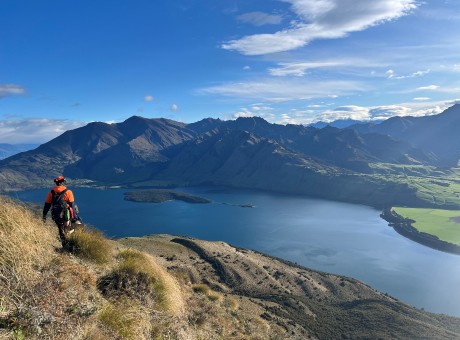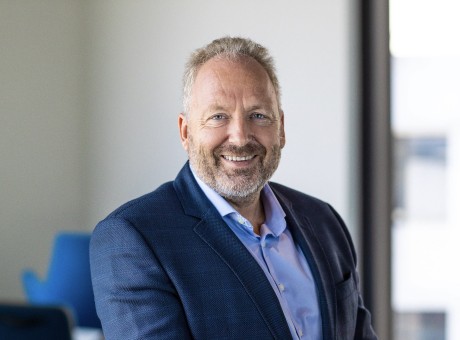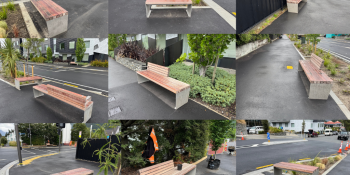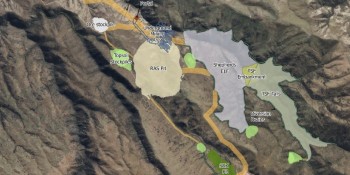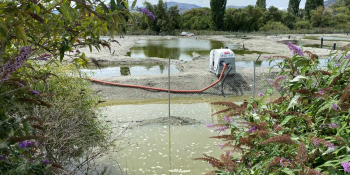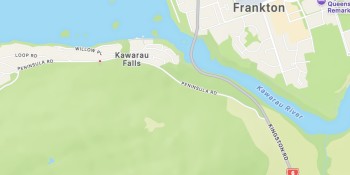Airport expansion issue to be hammered out - behind closed doors
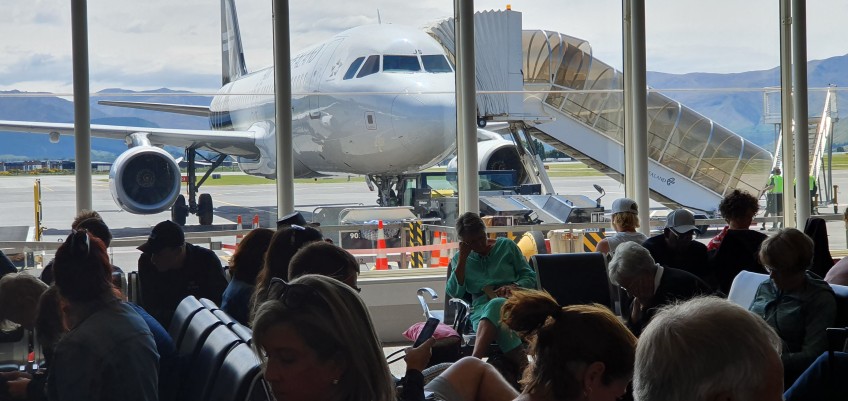
Reader Opinion.
We Love Wakatipu Inc. Chair, and former QLDC councillor, Cath Gilmour has been told by the Queenstown Airport Corporation there is another of the council's closed workshops on Monday, October 5th to discuss the issue of airport expansion and the next airport Statement of Intent. These QAC/QLDC workshop meetings are not recorded, the public are excluded and no notes or minutes are released, in spite of the fact that the ratepayers own 75% of the Queenstown Airport Corporation. So what is at stake - and should we be worried?
“As a shareholder with a super-majority, QLDC has ultimate control over QAC. It has ultimate control of the content of the statement of intent, to which QAC’s directors must give effect.”
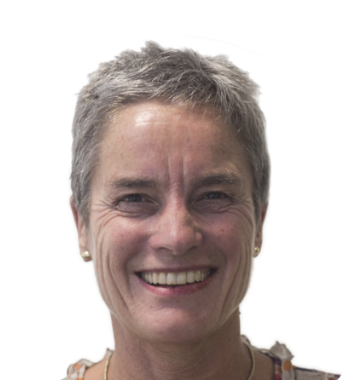
Cath Gilmour - WLW Inc. Chair and former QLDC councillor
So said council’s lawyer in Queenstown District Court when arguing that Council retained full control over Wanaka Airport, despite the 100-year lease to Queenstown Airport Corporation, during September’s Judicial Review hearing brought by Wanaka Stakeholders Group.
And it is true.
So how come, over the past two years, QAC has steadfastly resisted direction from the majority of councillors to drop its plans to expand Queenstown Airport’s air noise boundary?
And how come councillors have shied away from exercising their control?
Explicitly so in the case of April’s SOI, which included ANB expansion plans despite clear instruction in councillors’ statement of expectations that QAC must operate within the existing boundaries. And not a murmur from councillors in response.
Interestingly, QAC’s evidence in court fulsomely agreed with strong council control:
“As a CCTO, QAC is required to comply with its SOI (s60 of the LGA). QLDC retains the power to modify QAC’s SOI – and therefore control QAC’s actions – as it sees fit.…QLDC hold 75.01% of QAC’s shares. That super-majority shareholding itself gives QLDC the power to pass special resolutions, unilaterally amend QAC’s SOI, control major transactions, and amend QAC’s constitution as it sees fit.”
We agree that by law, Council has complete control over the strategic objectives - both commercial and non-commercial – of the SOI, which is the controlling document that QAC must operate within.
So, what should we expect in this fourth iteration of the airport company’s SOI in two years, to be delivered later this month?
The community’s given plenty of guidance on what we want through almost 1500 submissions in opposition to QAC’s expansion plans and strong findings of the loudly announced but totally ignored MartinJenkins social and economic impact assessments.
Based on this feedback and council’s legal requirement to support our district’s four well-beings, what could some of council’s strategic objectives for QAC be?
- Growth will be strategically managed within existing air noise boundaries at ZQN, to sustainably ensure the community, environmental, economic and social well-being of the district. There will be no expansion of the ANBs.
- QAC operations will be consistent with QLDC’s Climate Emergency Declaration.
- Airports will be operated in a way to retain social licence for tourism and the local community’s amenity values.
- That ongoing viability is the driving commercial objective, not profit.
- QAC will develop metrics, agreeable to Council, to measure performance against the above strategic objectives and report on them annually.
- Wānaka Airport will not be developed for wide bodied jets.
- Ramifications of Christchurch International Airport’s Tarras International Airport proposal, including potential more viable alternative uses for ZQN land, will be investigated.
What else should our councillors require of QAC in this next SOI?
- Proper political and financial risk analysis of plans to keep the company afloat. Potential risks include selling down QLDC’s controlling shareholding and loss of control/assets to the Bank of China.
- Implications for council re-dividend and required level of council (i.e. ratepayer) financial support under different income/debt scenarios.
- Ensuring control of the district’s growth strategy remains with the community, not QAC and international airlines.
- Ensuring that QAC’s ANB modelling includes the technology and capacity improvements that already allow QAC to more than meet its passenger targets, without any noise boundary expansion.
- Development of a long-term plan and a climate change mitigation plan.
This might seem like “governance 101”, but none of it has happened to date. WLW only found out that QAC modelling did not include use of the bigger and quieter A321s through the official information act.
Evidence from QAC chief executive Colin Keel to September’s court hearing said the future of aviation at both Queenstown and Wanaka Airports “is at present unknowable”.
But we do clearly know that our community opposes the manifold ramifications of QAC’s dual airport strategy and air noise boundary expansion plans.
Councillors will be holding a workshop with QAC on Monday (October 5). WLW look forward to QLDC following its own legal advice and giving QAC a very clear steer about what its SOI should and should not include.
If QAC sticks to its current schedule, we might have cause to celebrate success over Labour Weekend. Council’s meeting to agree – or not – to the Airport Corporation’s SOI is scheduled for October 29.





